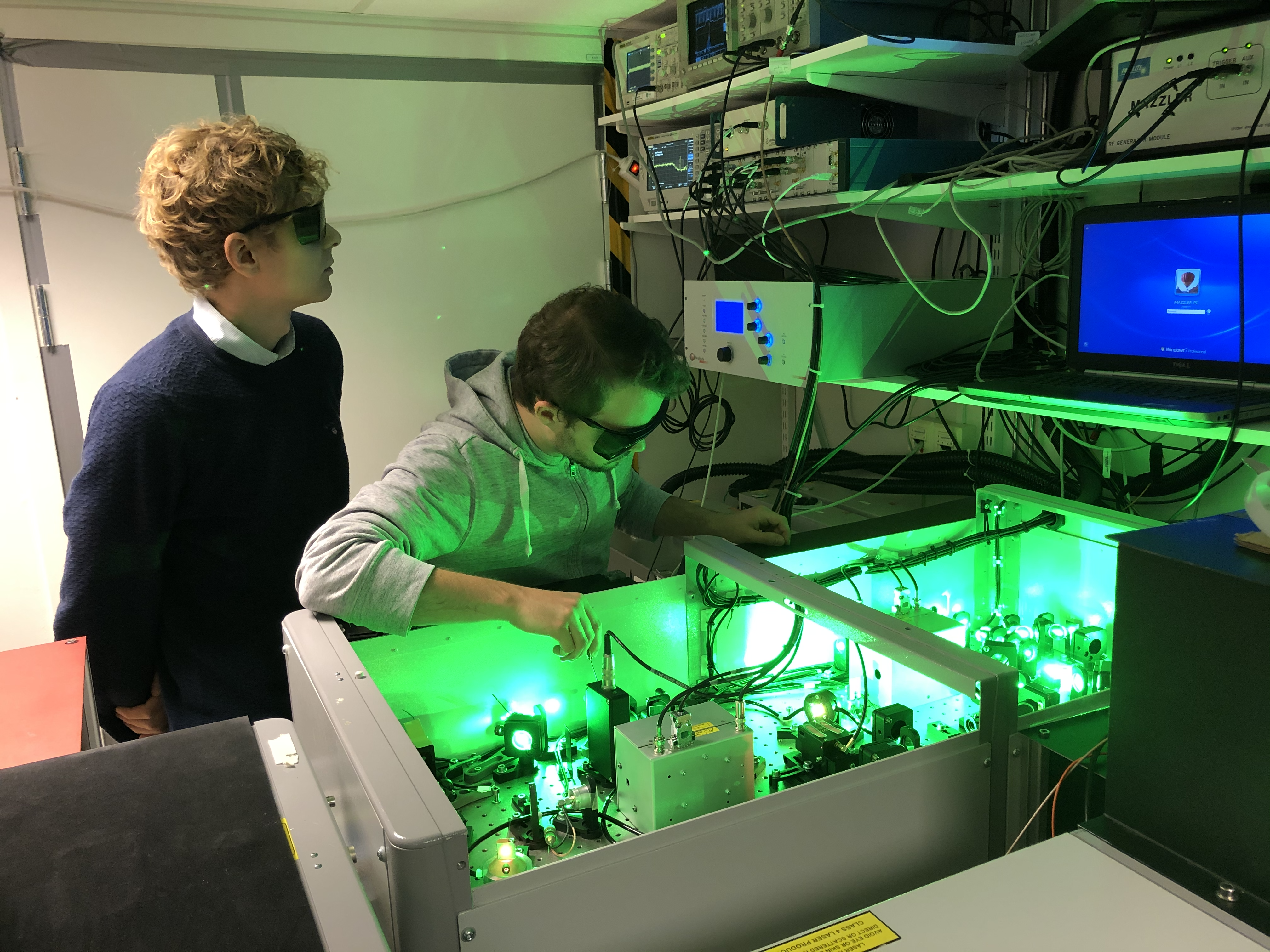Electron–spin dynamics studied on its natural time-scale
Researchers have used extremely short light pulses of attosecond duration (an attosecond is a billionth of a billionth of a second) and coincidence techniques to follow - in real time - how the electron spin (i.e. the angular momentum of the electron around its own axis) influences the absorption of a photon in a many-electron quantum system, the xenon atom.
– Published 9 October 2020

Xenon is a heavy rare gas element that exists in small amounts in the atmosphere of the earth. It is known to absorb soft x-rays of specific wavelength unusually efficiently.
Physicists have named the effect a giant resonance and explained that it is caused by a strong collective response of the electron cloud when the atom is exposed to the x-rays. Especially intriguing is that the electron spin has a pronounced effect on the light absorption in this system.
The present analysis combines precision in both time and energy to show that the strong absorption is explained by an excited state living less than 50 attoseconds. The influence of the electron spin, however, is due to a ten times longer-lived nearby state, which can be reached by a change of electron spin (called spin flip).
The spin-flipped state serves as a switch and determines the state of the remaining ion. The results provide new insight into the complex electron-spin dynamics of photo-induced phenomena and might be of considerable interest to applied science such as spintronics.
This text is written by the researchers, who are from Lund University, Stockholm University, Chalmers and University of Gothenburg
The article "Attosecond electron–spin dynamics in Xe 4d photoionization" is published in Nature Communications
